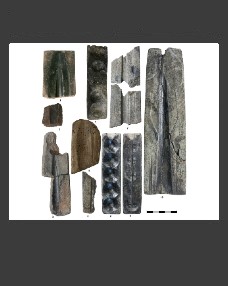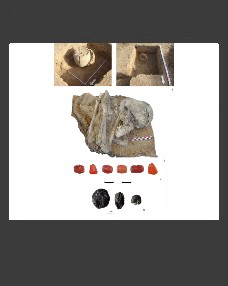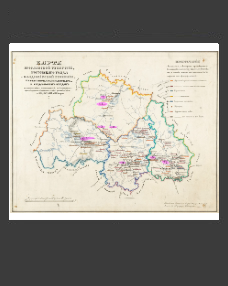Stanislav A. Grigoriev a,#, Natalia P. Salugina b,##
aInstitute of History and Archaeology, Ural Branch RAS, Chelyabinsk, Russia
bSamara Archaeological Society, Samara, Russia
#E-mail: stgrig@mail.ru
##E-mail: nsalug@gmail.com
Keywords: the Fyodorovka culture, pottery technologies, pottery ornamentation, the Alakul culture, the Southern Trans-Urals, the Bronze Age.
The settlement of Mochishche contains materials from all the Bronze Age cultures of the Trans-Urals: Petrovka, Alakul, Fyodorovka, Cherkaskul, Mezhovka and Sargary ones. The study of Fyodorovka pottery showed that its forms and ornamentation could not be derived from the Alakul tradition. However, technological research yielded a different result: a significant part of clays and inclusions had parallels in the Alakul pottery of the settlement, but potters also started to use silty clay, which had been probably introduced by the Fyodorovka population of the Lower Tobol region. The number of polished ware decreased sharply, the use of grog increased to some extent, and there is no evidence of ware forming techniques with form-models characteristic of Alakul, but this may be due to the small number of items studied. Nevertheless, their vessels, like the Alakul ones, were formed with the spiral patching method following the bottom and lower part of wall formation on the model. Therefore, the pottery technology of the Fyodorovka population of Mochishche reflects the contacts of potters, bearers of two traditions: the local Alakul and Fyodorovka ones, probably from the Lower Tobol region. However, in the pottery shape and ornamentation, they were guided by Fyodorovka stereotypes, which began to dominate for some social reasons.
DOI: 10.31857/S086960632303011X, EDN: DBFISC







